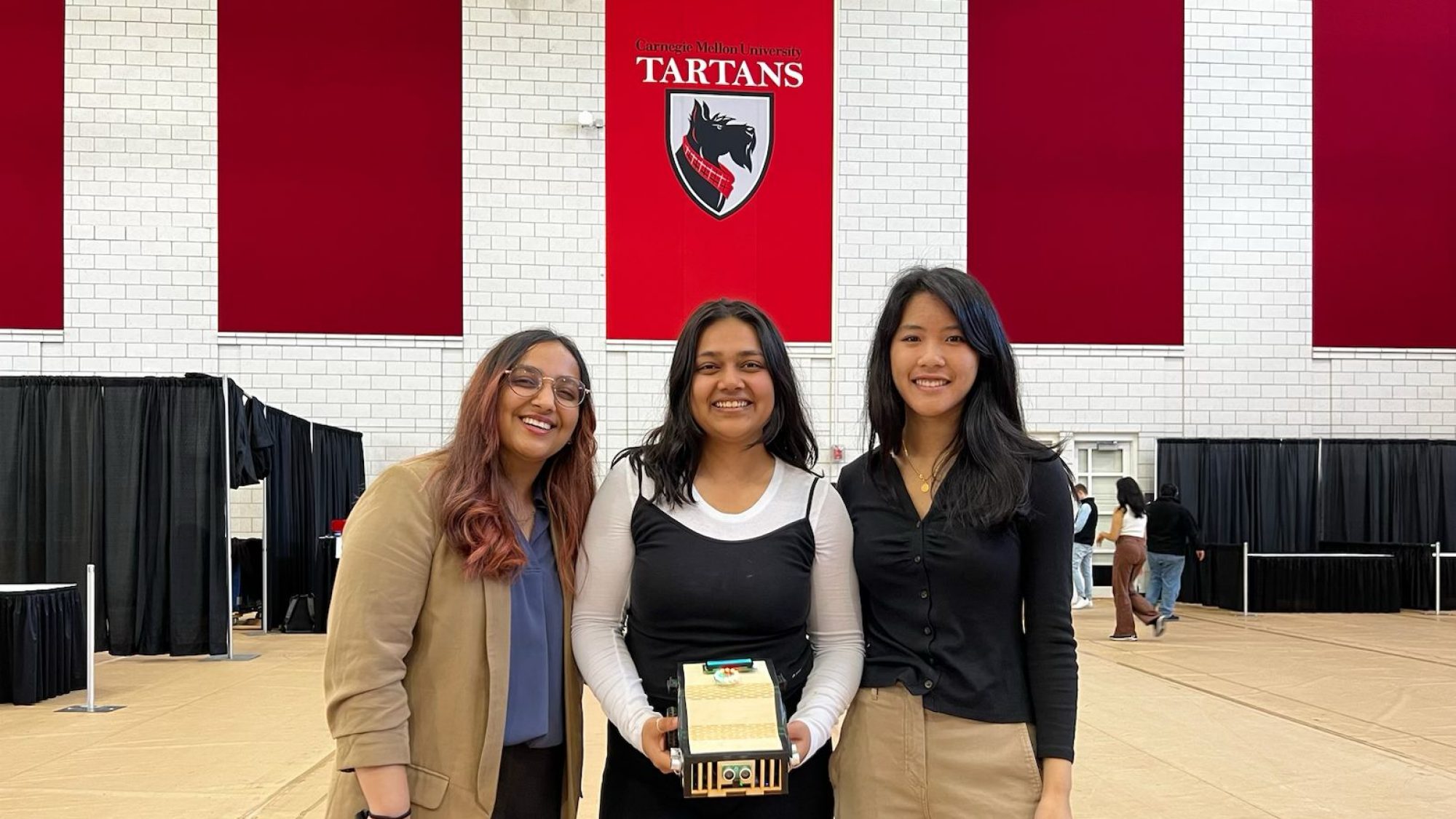This week, we worked on robot construction and integration of our sensor and motion subsystems. In terms of robot assembly, we began soldering connections onto a new protoboard and organizing all of the internal connections. We also glued the robot frame together and were finally successful in securing the motors to the chassis using wood glue. This greatly improved the stability of the wheels and increased the accuracy of the robot’s motion. In terms of integration, we finally wired together all of our subsystems so that our sensors and motors are connected and controlled by the same MCU. When we combined all of our systems together, we realized that the 9V battery was not enough to power every component. Therefore, we connected an additional 9V battery to directly power the Arduino. We also worked on software integration, which involved combining the motion logic and sensor logic. We were able to successfully take sensor readings at a specified sampling frequency while also issuing motor commands. We also added random path planning to determine the course of the robot instead of using predetermined coordinates.
However, we also identified several issues while integrating our subsystems. The biggest issue is that our sketch takes up too much space which causes stability issues to occur and does not leave enough memory available for local variables. Because of this, we are unable to establish the wireless connection required to send the sensor data to a local machine. Due to this, we will need to upgrade to an Arduino Mega so that we have more flash memory. Till we receive the new parts, we will not be able to continue with our system integration which might set us back by a few days.
The wi-fi subsystem is also presenting multiple issues with setting TCP/IP connection protocols with our web server because of the stability and memory issues. In general, the chip sends raw data strings, so the program needs to account for a response status, and user header metadata in order to be perceived as a proper response for the machine learning model to retrieve it. Doing this across several sensors with multiple data streams is a big risk to mitigate for the team moving forward. Working on integrating these systems, as described above, is going to set us back a few days.
Moving forwards, we will need to define our expectations for the interim demo and work on refining individual subsystems.
